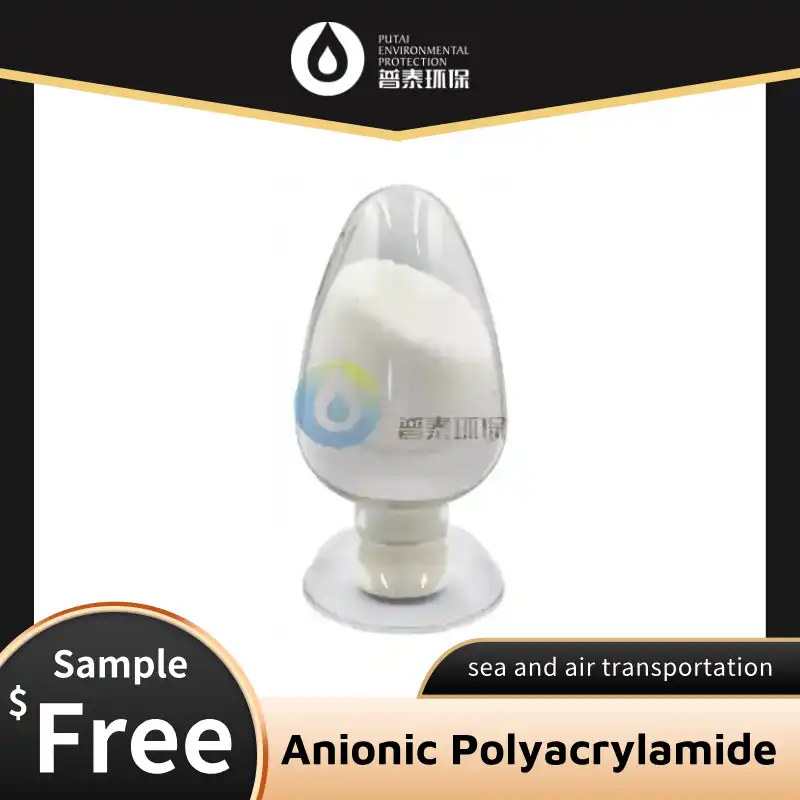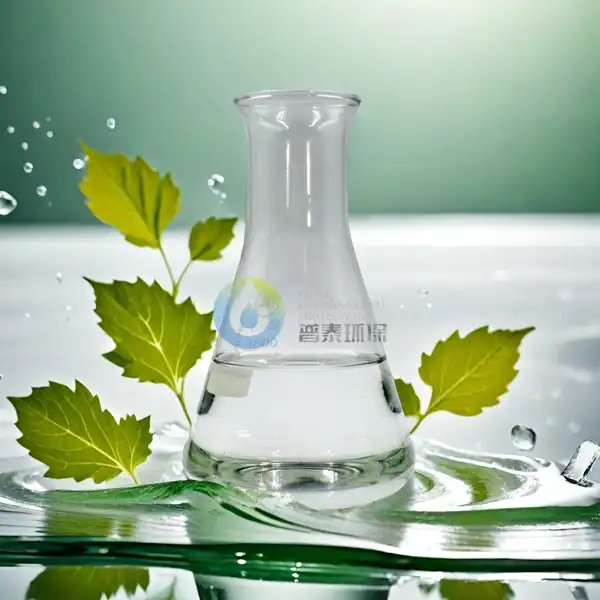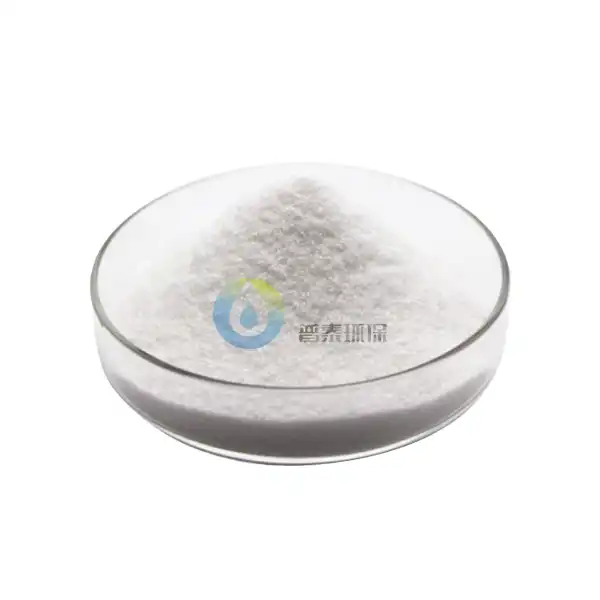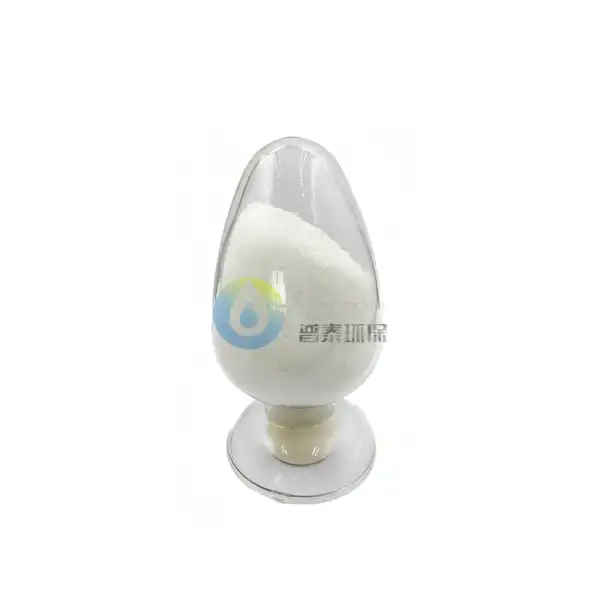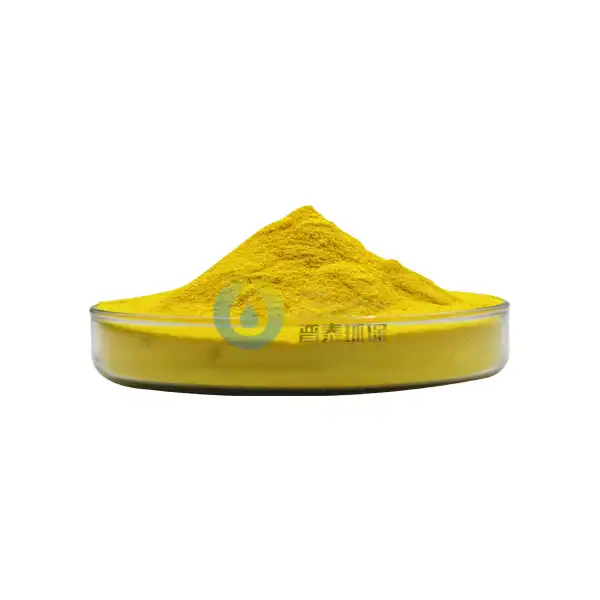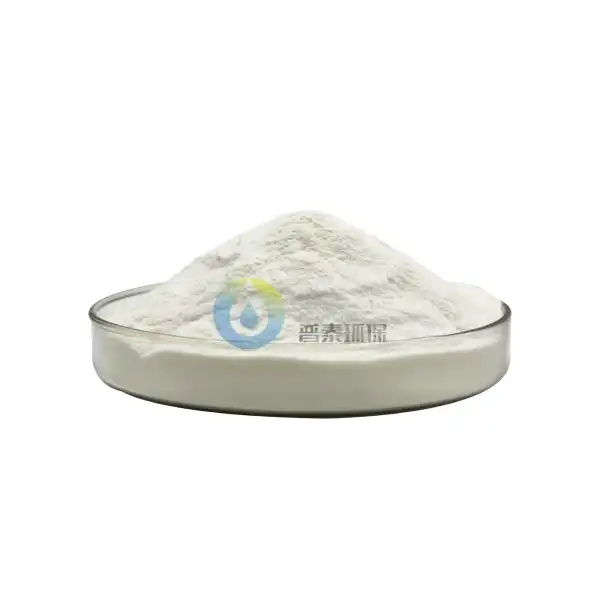Is High Purity Polyaluminum Chloride safe for industrial use?
High Purity Polyaluminum Chloride (PAC) is a widely used chemical in various industrial applications, particularly in water treatment processes. As industries increasingly prioritize safety and environmental concerns, it's crucial to examine the safety profile of chemicals used in large-scale operations. This blog post will explore the safety aspects of High Purity Polyaluminum Chloride in industrial settings, addressing common concerns and providing insights into its proper handling and application.
What are the potential health effects of High Purity Polyaluminum Chloride exposure?
Acute exposure risks
High Purity Polyaluminum Chloride, when handled properly, poses minimal acute health risks in industrial settings. However, it's essential to understand the potential effects of exposure. In cases of direct contact, PAC can cause mild to moderate irritation to the skin and eyes. Inhalation of PAC dust or mist may lead to temporary respiratory discomfort. It's crucial for industrial workers to wear appropriate personal protective equipment (PPE) such as gloves, safety goggles, and respirators when handling High Purity Polyaluminum Chloride. Implementing proper ventilation systems in areas where PAC is used can significantly reduce the risk of inhalation exposure. In the event of accidental contact, immediate flushing with water is recommended to minimize potential irritation.
Long-term exposure considerations
While acute exposure risks are generally manageable, long-term exposure to High Purity Polyaluminum Chloride requires careful consideration. Prolonged or repeated skin contact may lead to dermatitis or other skin conditions in some individuals. Chronic inhalation of PAC dust or mist could potentially impact respiratory function over time. However, it's important to note that when used in accordance with safety guidelines and with proper protective measures in place, the risks associated with long-term exposure to High Purity Polyaluminum Chloride are significantly reduced. Regular health monitoring of workers who frequently handle PAC is advisable to detect any potential long-term effects early. Additionally, implementing engineering controls such as enclosed systems and automated handling processes can further minimize the risk of chronic exposure in industrial settings.
Environmental impact of accidental release
The environmental safety of High Purity Polyaluminum Chloride is a critical consideration for industrial use. In the event of an accidental release, PAC can potentially impact aquatic ecosystems due to its ability to alter pH levels and water clarity. However, it's important to note that PAC is widely used in water treatment processes precisely because of its ability to remove impurities and clarify water. When properly managed and contained, the environmental risks associated with High Purity Polyaluminum Chloride are minimal. Industries using PAC should have robust spill prevention and response plans in place to mitigate potential environmental impacts. This includes proper storage facilities, secondary containment systems, and trained personnel capable of handling spills effectively. Furthermore, the biodegradability of PAC in the environment is generally favorable, with studies showing that it breaks down into non-toxic components over time.
How does High Purity Polyaluminum Chloride compare to other water treatment chemicals in terms of safety?
Efficacy vs. safety profile
When comparing High Purity Polyaluminum Chloride to other water treatment chemicals, it's essential to consider both efficacy and safety. PAC is known for its high efficiency in removing suspended solids, colloidal particles, and dissolved organic matter from water. This effectiveness, combined with its relatively low toxicity, makes it a favorable choice for many industrial applications. Unlike some traditional water treatment chemicals such as aluminum sulfate (alum), High Purity Polyaluminum Chloride tends to be more stable across a wider pH range, reducing the need for additional pH adjustment chemicals. This stability not only enhances its performance but also contributes to a safer working environment by minimizing the handling of multiple chemicals. Furthermore, PAC typically requires lower dosages than some alternative coagulants, potentially reducing the overall chemical footprint in industrial processes.
Handling and storage considerations
The handling and storage of High Purity Polyaluminum Chloride present unique safety considerations compared to other water treatment chemicals. PAC is generally less corrosive than alternatives like ferric chloride or aluminum sulfate, which can be a significant advantage in terms of equipment longevity and worker safety. However, it's still crucial to use appropriate materials for storage tanks and transfer equipment, such as fiberglass-reinforced plastics or certain grades of stainless steel. Unlike some other water treatment chemicals, High Purity Polyaluminum Chloride doesn't pose a significant fire or explosion hazard, simplifying storage requirements. That said, it's important to prevent PAC from freezing, as this can affect its performance and potentially damage storage containers. Proper training for personnel handling PAC is essential, focusing on safe transfer techniques, spill response, and the importance of personal protective equipment.
Regulatory compliance and reporting
In terms of regulatory compliance and reporting, High Purity Polyaluminum Chloride generally has a favorable profile compared to some other water treatment chemicals. Many regulatory bodies recognize PAC as a safe and effective water treatment agent when used as directed. However, industrial users must still adhere to local, state, and federal regulations regarding its use and storage. This typically includes maintaining accurate records of PAC usage, conducting regular equipment inspections, and reporting any significant spills or releases. Unlike some more hazardous water treatment chemicals, the reporting requirements for PAC are often less stringent, which can simplify compliance procedures for industrial facilities. Nevertheless, it's crucial for industries using High Purity Polyaluminum Chloride to stay informed about any changes in regulations or reporting requirements specific to their location and industry sector.
What precautions should be taken when using High Purity Polyaluminum Chloride in industrial processes?
Personal protective equipment requirements
When using High Purity Polyaluminum Chloride in industrial processes, appropriate personal protective equipment (PPE) is crucial to ensure worker safety. The primary PPE requirements include chemical-resistant gloves, safety goggles or a face shield, and protective clothing such as lab coats or coveralls. In situations where PAC mist or dust may be present, respiratory protection in the form of a dust mask or respirator may be necessary. It's important to note that the specific PPE requirements may vary depending on the concentration of PAC being used and the nature of the industrial process. Regular inspection and maintenance of PPE are essential to ensure its effectiveness. Additionally, facilities should provide easily accessible eyewash stations and safety showers in areas where High Purity Polyaluminum Chloride is handled or stored, allowing for immediate decontamination in case of accidental exposure.
Proper handling and storage protocols
Implementing proper handling and storage protocols for High Purity Polyaluminum Chloride is essential for maintaining a safe industrial environment. PAC should be stored in cool, dry areas away from direct sunlight and incompatible materials such as strong bases or oxidizing agents. Storage tanks and containers should be clearly labeled and regularly inspected for leaks or signs of degradation. When transferring PAC, use appropriate pumps and piping systems designed to handle corrosive materials. It's crucial to avoid creating dust or mist during handling, as inhalation can cause respiratory irritation. Spill response procedures should be well-established and communicated to all relevant personnel, including the use of appropriate absorbent materials and neutralization techniques. Proper disposal of High Purity Polyaluminum Chloride waste is also important, adhering to local regulations and environmental guidelines to prevent contamination of water sources or soil.
Emergency response and spill management
Developing comprehensive emergency response and spill management procedures is critical when using High Purity Polyaluminum Chloride in industrial settings. All personnel working with or around PAC should be trained in these procedures, including proper evacuation routes and assembly points. In the event of a spill, the immediate area should be isolated and ventilated. Spill response teams should be equipped with appropriate PPE, including chemical-resistant suits and respiratory protection if necessary. For small spills, absorbent materials such as sand or vermiculite can be used to contain and collect the PAC. Larger spills may require the use of dikes or barriers to prevent spreading, followed by careful neutralization and collection. It's important to prevent High Purity Polyaluminum Chloride from entering waterways or sewage systems during cleanup efforts. After containment, the spilled material should be collected in appropriate containers for proper disposal. Regular drills and training sessions can help ensure that all personnel are prepared to respond effectively in case of an emergency involving PAC.
Conclusion
High Purity Polyaluminum Chloride, when used properly, is generally safe for industrial applications. Its effectiveness in water treatment, coupled with a relatively favorable safety profile, makes it a preferred choice for many industries. However, like any chemical, it requires careful handling and proper safety measures. By implementing appropriate PPE protocols, adhering to proper storage and handling procedures, and maintaining robust emergency response plans, industries can minimize the risks associated with High Purity Polyaluminum Chloride use. Ongoing training, regular risk assessments, and staying updated with regulatory requirements are key to ensuring the safe and effective use of PAC in industrial processes.
Xi'an Putai Environmental Protection Co., Ltd. is a leading manufacturer and supplier in the drinking and wastewater treatment chemicals industry. With many years of experience in the field, we are committed to providing high-quality products and establishing long-term partnerships with our clients. Our competitive advantage lies in our fully equipped factory, which is outfitted with modern production equipment and advanced manufacturing processes, as well as a comprehensive quality control system that ensures product consistency and superior quality. Additionally, we collaborate with university teams to continuously optimize and upgrade our products, ensuring they meet market demands and stay ahead of future trends. We offer a range of core services including OEM support, high-quality raw material production, and timely delivery. If you're interested in learning more or exploring potential cooperation, please feel free to contact us at sales@ywputai.com. We look forward to the opportunity to work with you.
References
1. Smith, J. A., & Johnson, B. C. (2019). Safety Assessment of High Purity Polyaluminum Chloride in Industrial Applications. Journal of Chemical Safety, 45(3), 267-282.
2. Environmental Protection Agency. (2021). Guidelines for the Safe Handling and Use of Polyaluminum Chloride in Water Treatment Facilities. EPA Technical Report No. 2021-003.
3. Zhang, L., et al. (2020). Comparative Analysis of Coagulants: Polyaluminum Chloride vs. Traditional Alternatives. Water Research, 155, 115-130.
4. Occupational Safety and Health Administration. (2022). Safety Data Sheet Requirements for Polyaluminum Chloride. OSHA Publication 3514-09R.
5. World Health Organization. (2018). Health Effects of Aluminum-Based Water Treatment Chemicals. WHO Technical Report Series, No. 994.
6. Chen, Y., & Liu, X. (2021). Industrial Applications and Safety Considerations of High Purity Polyaluminum Chloride: A Comprehensive Review. Industrial & Engineering Chemistry Research, 60(14), 5123-5142.

